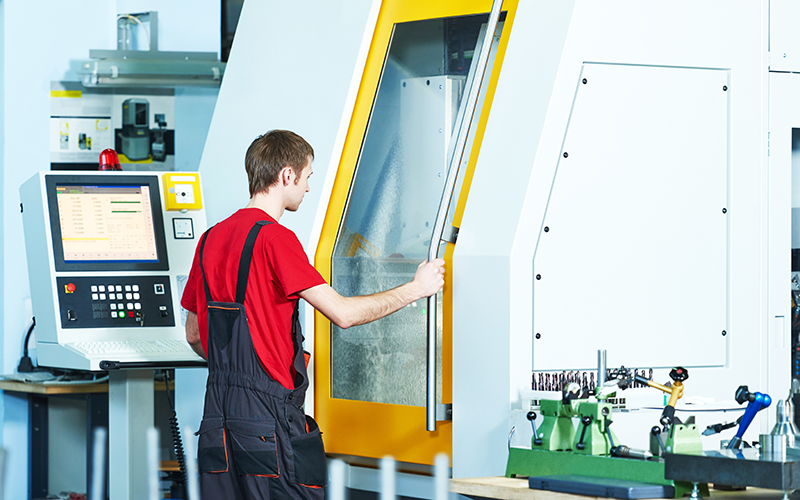There is no denying that skilled machinists are hard to come by. With a large percentage of the current workforce of NC programmers and machinists getting ready to retire and a shortage of newly qualified engineering talent, finding people to work in this industry and fill the void is becoming increasingly difficult.
Last year’s reports from the Institution of Engineering and Technology estimated a shortfall of over 173,000 workers in the STEM sector: an average of 10 unfilled roles per business in the UK. What is more, the Institution’s Skills Survey identifies that half (49%) of engineering businesses are experiencing difficulties in the skills available to them when trying to recruit.
Long-term pipelines of talent have been established by creating pathways and opportunities for students to enter manufacturing, such as apprenticeships, UTC programs and higher education. Of course, this doesn’t happen overnight – bridging the skills gap will take time and requires an ongoing, continuous effort. So how can we deal with a skills shortage now? We learn to do more with less and this is where software can make a difference.
Smarter software and technology
Software can provide a large amount of data and information that can be used to improve the manufacturing workflow and free up a skilled machinist’s time. VERICUT CNC simulation software can verify, simulate, and optimise programs before they reach the shop floor. It also empowers newer machinists, helping them to learn quickly on the job, enabling greater automation and allowing operation of more machines with fewer people.
The VERICUT digital twin uses a control and machine to process the NC code exactly like the real machine does. Taking information from the real control, the virtual VERICUT machine is set up identically to the real machine – it is a true replica and seamless digital twin.
It can connect with multiple sources of software including CAD/CAM and tool management systems. Stock models, design or finished parts and fixtures can be selected using direct interfaces and imported into VERICUT, ready to run a simulation.
Everything is collated into one report, regardless of which CAD/CAM system it originated from, and a complete Reviewer file allows any personnel to view and interact with the full simulation away from the programming office. This provides machinists with data for easy set-up, as well as information for new machinists and programmers to learn.
Now time to optimise
The program is then ready to be optimised to create a more efficient program. VERICUT Force NC optimisation module identifies opportunities for faster feeds and speeds, or areas to reduce force loads, resulting in faster cycle times, reduced tool wear and better part finish.
Doing more with less
Engineering companies are facing the challenge of meeting increased demands and staying competitive. VERICUT can verify a part, simulate the machining, and optimise the NC code before any real machining has started. In addition, taking less time to make the parts by using the available machines, reduces the need to acquire additional equipment and machinists. When new machinists are recruited, the historic data that has been gathered and stored by VERICUT, will empower them to learn quickly and without the fear of damaging productivity.




